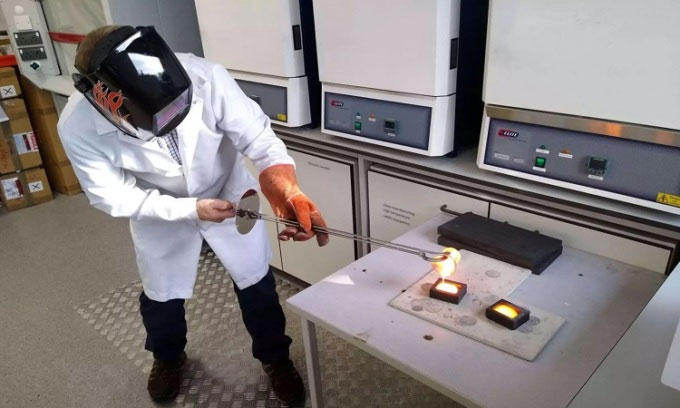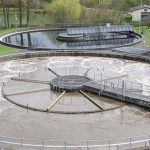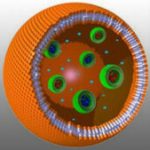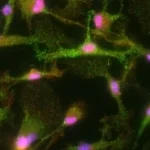A team of researchers modified the composition to generate a bioactive glass that is astonishingly successful at eliminating disease-causing germs.
Antibacterial materials, such as bioactive glass, are being used in a variety of applications, including medical implants, hospital surfaces, and wound treatment. Aston University in the United Kingdom claims to have boosted the bacteria-killing efficiency of this glass by 100 times.

A member of the research team creating the sample. (Photo: Aston University)
Bioactive glass often incorporates nanoparticles of a specific antibacterial metal oxide. As a result, we can assume that using two oxides will double the efficiency. Nevertheless, a research team led by Professor Richard Martin discovered that the completed bioactive glass can be far more effective than glass with a single oxide applied, depending on how two metal oxides are combined.
Martin and his colleagues created bioactive glass specimens including zinc, copper, or cobalt, as well as examples combining the two metal oxides in various combinations. Each specimen was crushed into a powder, sterilized, and then fed to a bacterial population of Escherichia coli and Staphylococcus aureus, as well as pathogenic Candida abicans culture medium.
After 24 hours, glasses containing zinc or cobalt killed E. coli bacteria 100 times better than glasses containing only one oxide. Zinc-coupled glasses were also efficient in killing S. aureus. Glasses made of zinc and cobalt, on the other hand, are the most effective in killing fungus.
“We are really happy to undertake trials and discover that a lot more efficient infection-stopping solution can assist in reducing the quantity of antibiotics used. We are optimistic that the combination of antibacterial metal oxides will have additional uses in the future “, Martin said. In the journal ACS Biomaterials Science & Engineering, he and his colleagues present their findings.
According to khoahoc.tv










